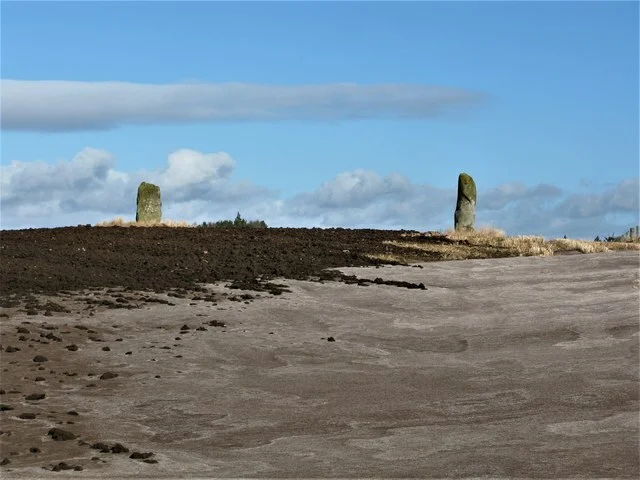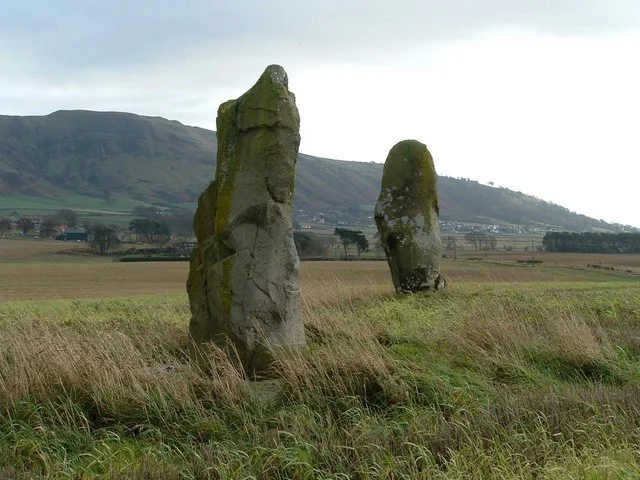The Orwell Standing Stones are a significant prehistoric monument located in Kinross-shire, Scotland. This stone circle is one of many ancient megalithic structures found across the British Isles. These stones offer insights into the practices and beliefs of the people who erected them during the late Neolithic period, around 3000 BC to 2000 BC.
Get your dose of History via Email
Archaeological Significance

The Orwell Standing Stones are part of a wider tradition of stone circles that existed across Britain and Ireland. These monuments were likely used for ceremonial purposes. Although their exact function remains unclear, many scholars suggest that stone circles were linked to astronomical events, such as solstices or lunar cycles. Excavations around similar sites reveal evidence of burials and ritual activities, further supporting their ceremonial use.
Physical Layout
The stone circle at Orwell consists of several large stones placed in a rough circle, with a diameter of about 30 meters. The stones, made of local sandstone, range in height from 1.5 to 3 meters. Their positioning may have been carefully planned, possibly aligning with celestial bodies or marking significant dates in the agricultural calendar.
Cultural Context
The people who constructed the Orwell Standing Stones were part of a complex and evolving society. During the late Neolithic, communities in Scotland began to settle more permanently, practicing agriculture and domesticating animals. This societal shift likely influenced the construction of large, communal monuments like the Orwell Standing Stones. These structures served as gathering places for religious or social events, strengthening community ties.
Conservation Efforts
Over the centuries, the stones have experienced erosion and weathering, which has made preserving the site a priority. Archaeological surveys and preservation efforts have helped maintain the site, ensuring its continued study by future generations. Local heritage groups have also taken steps to protect the stones from damage and overgrowth.
Conclusion
The Orwell Standing Stones represent an important part of Scotland’s prehistoric landscape. Although their exact purpose remains debated, they offer valuable insight into the beliefs and practices of early Neolithic societies. Continued research and preservation will ensure that these stones remain a key part of Scotland’s cultural heritage for years to come.
Source:

